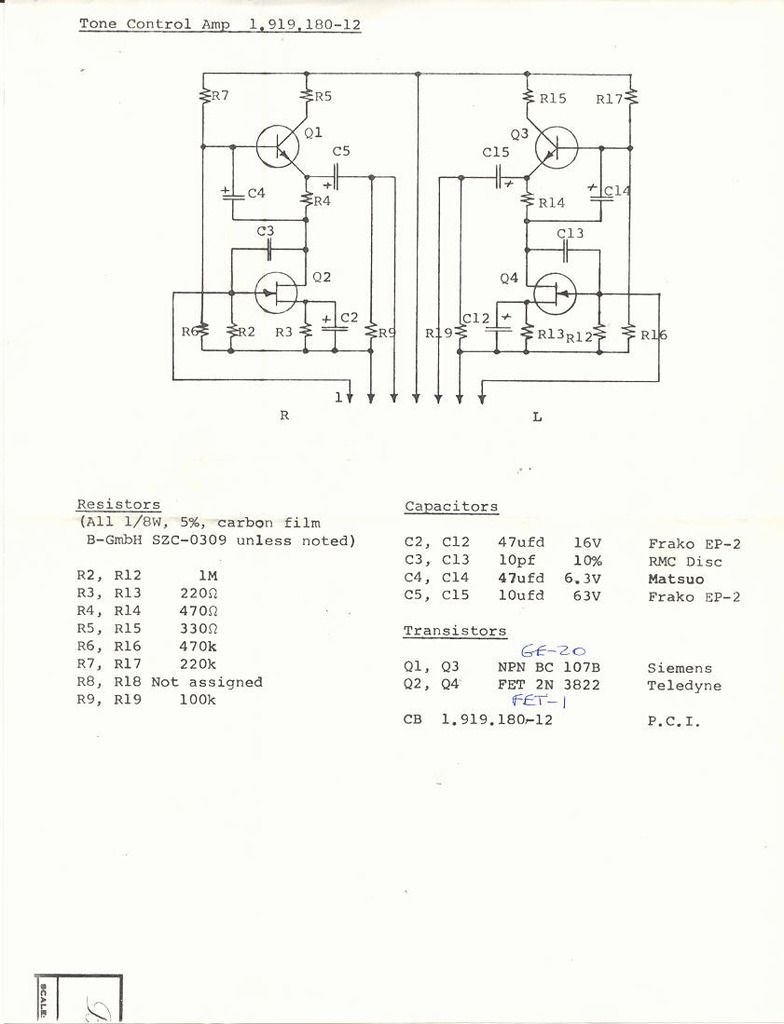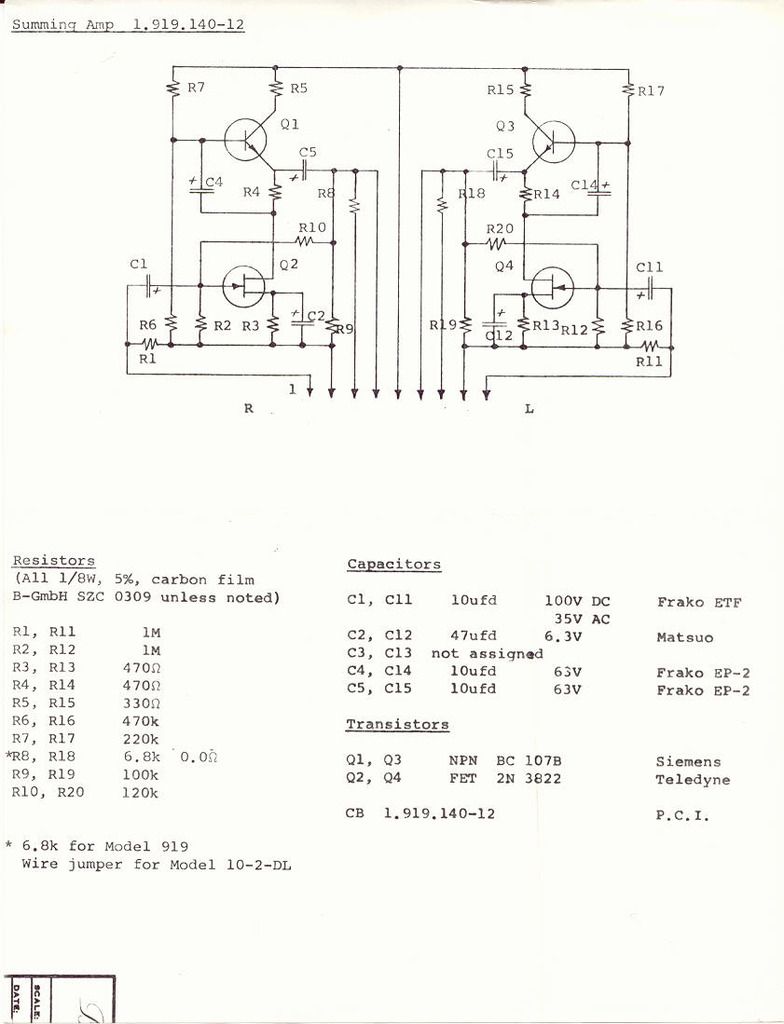home_listening
Well-known member
- Joined
- Jul 22, 2012
- Messages
- 81
I'm working on a clone of the old Bozak DJ mixer which uses the 2N3822 Jfet in a few positions. Whilst researching a replacement I noticed that Mouser has started selling these again - at a whopping cost. Even InterFET is selling what I feel are very pricey transistors.
http://au.mouser.com/ProductDetail/Microsemi/2N3822/?qs=sGAEpiMZZMv4z0HnGdrLju%2fiT03Wm6h1UvhapzgqVz3nd02PUusXoA%3d%3d
http://au.mouser.com/interfet/Semiconductors/Transistors/_/N-ax1rp?P=1yvvuoi
Does anyone have any experience with these product lines? Just a bunch of hokey for rich Hi-Fi guys?
http://au.mouser.com/ProductDetail/Microsemi/2N3822/?qs=sGAEpiMZZMv4z0HnGdrLju%2fiT03Wm6h1UvhapzgqVz3nd02PUusXoA%3d%3d
http://au.mouser.com/interfet/Semiconductors/Transistors/_/N-ax1rp?P=1yvvuoi
Does anyone have any experience with these product lines? Just a bunch of hokey for rich Hi-Fi guys?














